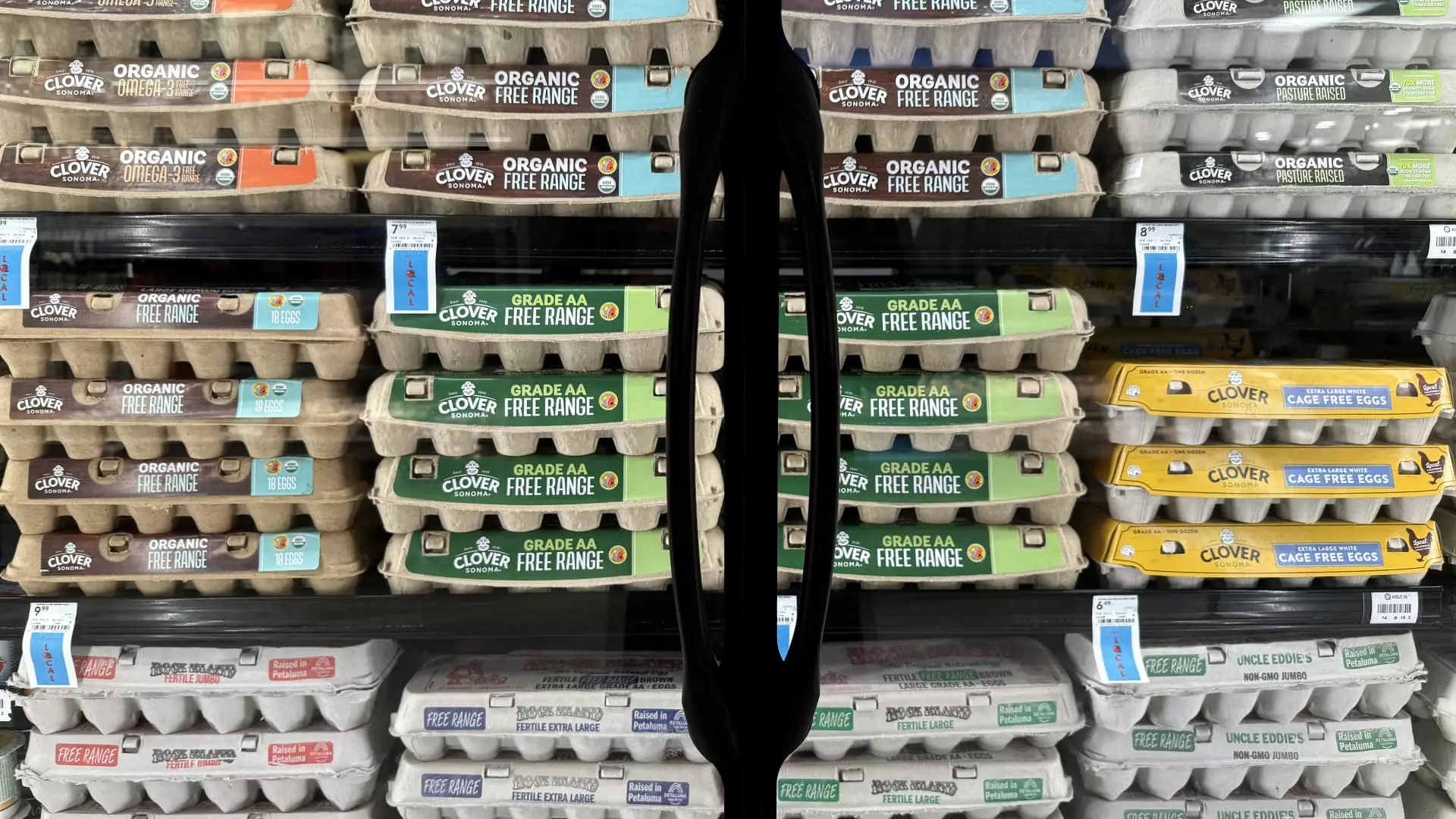Recent reports from the Labor Department reveal a perplexing situation for the U.S. economy, where inflation rates have exceeded anticipated levels, signaling potential challenges ahead. In September, the consumer price index (CPI), which serves as a comprehensive measure of the costs associated with a wide range of goods and services, increased by a seasonally adjusted 0.2% for that month. This rise brings the annual inflation rate to 2.4%, which, while still lower than August’s figures, is considerably above expectations. The increase of 0.1 percentage points over the Dow Jones consensus prompted immediate reactions in financial markets, highlighting the delicate balance policymakers must maintain in addressing inflation without stifling economic growth.
Digging deeper into the core inflation numbers—those excluding food and energy due to their volatile nature—reveals an even more pronounced increase, with core prices rising 0.3%, yielding an annual rate of 3.3%. This significant uptick is primarily propelled by the challenges in the food and shelter sectors. The Bureau of Labor Statistics emphasizes that a notable portion of this inflation surge stems from a 0.4% raise in food prices and a 0.2% increase in housing costs, thereby illustrating the persistent pressures that consumers are facing.
Additional analysis indicates that while energy prices have fallen by 1.9%, other categories are counteracting this decline. For instance, the costs of used vehicles rose by 0.3%, new vehicle prices increased by 0.2%, and medical care services saw a notable hike of 0.7%. Most strikingly, apparel prices surged by 1.1%. These trends suggest a multifaceted inflation landscape where certain sectors continue to drive costs upward, even amid contractions in others.
The interplay between inflation rates and employment figures is pivotal, especially as the Federal Reserve (Fed) navigates interest rate adjustments. Following a half-percentage-point reduction in September, market participants anticipate further cuts, albeit with uncertainty regarding how aggressive these measures will be. With traders reportedly increasing their bets on a quarter-point rate drop at the upcoming policy meeting on November 6-7, it becomes clear that the link between rising inflation and reduced economic activity is a concern for stakeholders.
On the employment side, an unexpected rise in jobless claims complicates the picture. The week ending October 5 saw initial claims for unemployment benefits soar to a seasonally adjusted 258,000, representing the highest levels since early August 2023—an increase of 33,000 from the previous week and significantly surpassing the forecasted 230,000. The rising jobless claims, intensified by the residual effects of Hurricane Helene, which devastated parts of the Southeast, underscore vulnerabilities in the labor market. States like Florida and North Carolina, heavily impacted by the storm, saw considerable spikes in claims, amplifying concerns about economic stability in regions still recovering from the disaster.
Furthermore, continuing claims, reflecting persistent unemployment, have also seen a notable surge, reaching 1.861 million—an increase of 42,000. This run of data adds weight to the Fed’s concerns regarding the labor market’s resilience, suggesting potential headwinds as economic conditions evolve.
The current inflation trends, marked by persistent price increases in essential categories like food, highlight the “sticky” nature of inflation—a term used to describe difficulty in lowering prices once they have increased. For example, eggs have seen a staggering price jump of 8.4% in September alone, with a chilling 39.6% increase over the past year. Similarly, butter prices escalated by 2.8%, revealing consumers’ challenges in budget management.
Conversely, while the inflationary pressures may signal an upcoming decline in broader price pressures, particularly in housing costs which have observed a year-over-year rise of 4.9%, they also raise pertinent questions about the Fed’s approach moving forward. The interplay between inflation and employment remains crucial. As prices rise, consumer spending power is adversely affected, potentially leading to slower economic growth—a factor the Fed must weigh carefully in its future decisions on interest rate policy.
The most recent economic data presents a complex landscape where rising inflation and unexpected shifts in employment unveil the difficulties facing the U.S. economy. Stakeholders, from policymakers to consumers, will need to remain vigilant as they navigate this intricate environment.


Leave a Reply